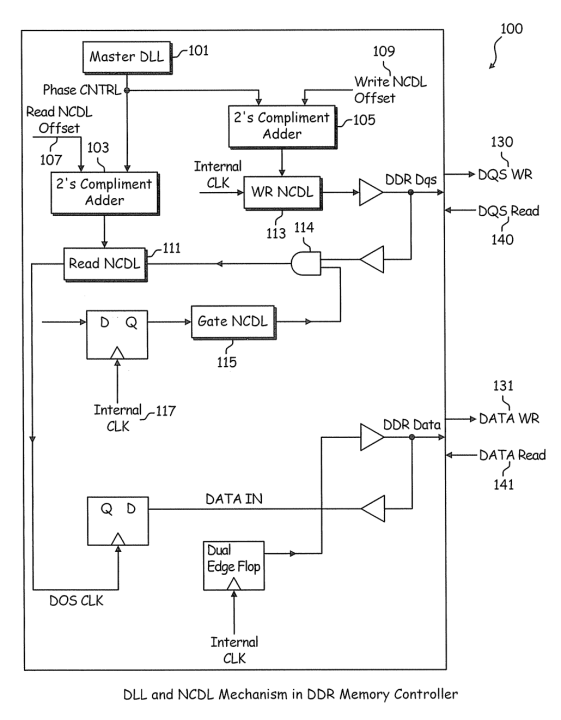In our recent post “Movement of Intangibles and the Information Asymmetry Myth”, we highlight the diminishing gap between the information companies have, and the time it takes for tax administrations to get the same information. While the focus of the blog was on intercompany transaction information, the same applies to additional data sets. In particular, merger & acquisition (M&A) information, as well as agreement inventories. This article will focus on M&A activity.
M&A Activity
Companies are constantly buying and selling intangible property. It’s no surprise that some of the largest transfers of these assets are during the sale of a company. This information is important to the corporations conducting the deal, as well as tax administrations. In fact, many government registries, regulatory authorities, and stock exchanges require firms to disclose when they are acquiring or divesting a company.
These transactions signal changes in corporate structures, and impact the tax structures of corporations. Identifying these transactions arms tax administrations to ask the right questions in preparation for audits.
M&A Information Example
The following example demonstrates the breadth of information tax administrations can access.
A tax administration researching Qualcomm can identify that they, a US corporation, have agreed to the acquisition and merger of NXP Semiconductor, a Dutch corporation. While it may take years for a transaction to affect the tax structure of a corporation, this knowledge prepares the tax administration to be proactive, ask the appropriate questions, and improve the timeliness of requesting needed information from a taxpayer.
This information allows tax authorities to ask important questions, such as:
- As part of this transaction, have new intercompany agreements been entered into?
- Have new intercompany transactions occurred, and at what volume?
- Who is the new economic owner of the IP that existed prior to the transaction?
- Who will be the economic owner of the future IP developed?
Protect Yourself with Information
As with the intercompany movement of intangibles, corporations and consultants are often surprised at the information readily available to tax administrations. Protect yourself with access to the same information. While many of it may be scattered across regulatory agencies, aggregated resources exist to see a more holistic view of this information. Make sure you’re ahead of the game by monitoring M&A activity as it arises.
Check back for our final post in this series, about agreement inventories.




